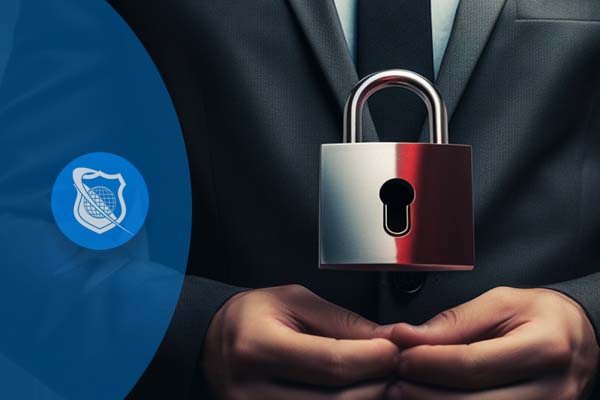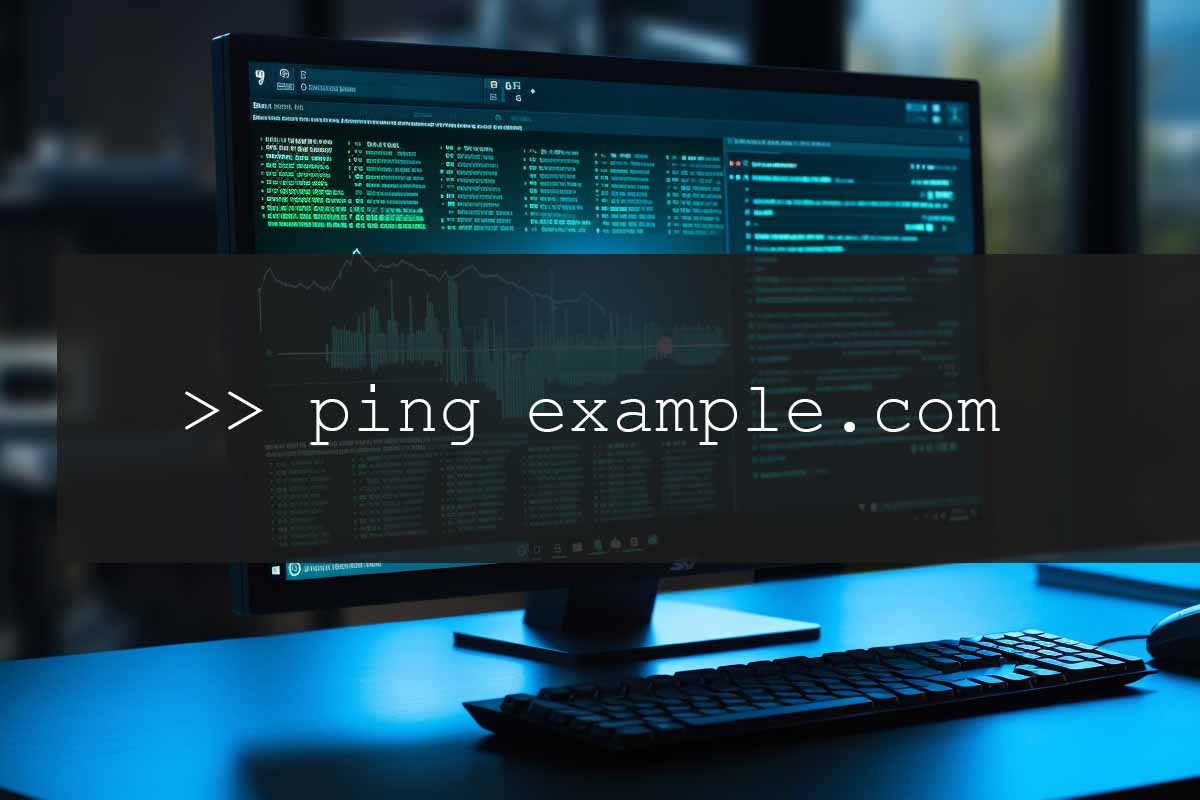Welcome to the digital era, where data is the new gold, and Identifying and Safeguarding PII is akin to guarding the crown jewels. In this age of information, identifying and safeguarding PII (Personally Identifiable Information) isn’t just a best practice—it’s the knight’s code. Let’s embark on a quest to fortify our digital realms against the ever-lurking cyber-dragons.
The Quest for PII Security: Best Practices for a Fortified Future
Before diving into the depths of cybersecurity moats, we must understand the kingdom we are protecting. PII is the sacred grail of personal information that, if fallen into the wrong hands, could lead to identity theft, financial ruin, and a very bad day at the round table. Security best practices for protecting PII start with identification—knowing what to protect is half the battle won.
Data Security : Mastering PII Protection in Cybersecurity
Delve into the critical area of Data Security, with a focus on safeguarding Personal Identifiable Information (PII). Designed for individuals seeking to strengthen their understanding and skills in protecting sensitive data, the course is structured into four detailed modules, each addressing specific aspects of data security.
PII Policy: The Kingdom’s Rulebook
Every fortress needs its rules. A robust PII policy outlines how an organization collects, stores, uses, and disposes of PII. It’s the Gandalf to your Frodo in the perilous journey of data protection—guiding you away from the dark pits of data breaches.
PII Regulations: Laws of the Land
Whether you’re a humble merchant or a high-ranking noble, abiding by PII regulations is not optional. From the GDPR across the sea to the CCPA in the golden state lands, these laws are the guardians of personal data and demand strict adherence.
Oveview of GDPR
The General Data Protection Regulation (GDPR) is a comprehensive data protection law implemented by the European Union on May 25, 2018. It is designed to strengthen privacy rights and data protection for individuals within the EU and the European Economic Area. The law has a global impact, applying to any organization that processes the personal data of individuals within the EU, regardless of where the organization is based.
GDPR defines “personal data” as any information relating to an identifiable individual. This includes direct identifiers like names and email addresses, as well as indirect identifiers such as location data or IP addresses. The regulation sets out clear principles for data processing, such as lawfulness, fairness, transparency, purpose limitation, data minimization, accuracy, storage limitation, integrity, confidentiality, and accountability.
Organizations are permitted to process personal data only under strict conditions, for example, with the individual’s consent, for the performance of a contract, to satisfy a legal obligation, to protect someone’s vital interests, for tasks carried out in the public interest, or for legitimate interests pursued by the organization. The GDPR also empowers individuals with several rights regarding their data, including the right to be informed, the right of access, the right to rectification, the right to erasure (“the right to be forgotten”), the right to restrict processing, the right to data portability, the right to object, and rights related to automated decision-making and profiling.
Non-compliance with GDPR can lead to significant fines up to €20 million or 4% of the company’s annual global turnover, whichever is higher, indicating the EU’s strong commitment to data protection.
Overview of CCPA
The California Consumer Privacy Act (CCPA) is a state law aimed at enhancing privacy rights and consumer protection for California residents, effective January 1, 2020. The CCPA gives Californians the right to know what personal data is collected about them, if it is sold or disclosed, to refuse the sale of their data, access their data, request deletion, and receive equal service and price even if they exercise their privacy rights.
The CCPA applies to any for-profit business that handles personal information of California residents and meets certain thresholds, such as having revenues over $25 million or dealing with the data of more than 100,000 consumers or households.
Businesses must provide methods for consumers to submit data access requests and must have a clear privacy policy detailing consumer rights. They must also obtain consent for minors, provide a “Do Not Sell My Personal Information” option, and wait 12 months before requesting opt-in consent again after a consumer opts out.
Violations of the CCPA can result in fines and companies may be required to pay statutory damages for breaches. The CCPA defines personal information broadly, including any data that could be linked with a particular consumer or household.
The Electronic Transmission Conundrum
A modern-day dilemma: PII should only be transmitted electronically under the watchful eye of encryption. Think of encryption as the cloak of invisibility for your data, making it unseen by prying eyes during its virtual journey.
Rallying the Troops: How to Protect PII
With great power comes great responsibility, and in the realm of PII, every individual has a role to play. Educate thy fellow netizens on how to protect PII, from creating unbreakable passwords (avoiding the name of your pet dragon) to spotting the sly phishing schemes of the cyber-sorcerers.
Data Security : Mastering PII Protection in Cybersecurity
Delve into the critical area of Data Security, with a focus on safeguarding Personal Identifiable Information (PII). Designed for individuals seeking to strengthen their understanding and skills in protecting sensitive data, the course is structured into four detailed modules, each addressing specific aspects of data security.
Securing the Keep: PII Safeguarding Procedures
Like a castle with its multiple layers of defense, securing PII requires a multifaceted approach. Regular risk assessments, access controls, and employee training are the trebuchets and battlements protecting the integrity of your data.
Protecting Personally Identifiable Information (PII) is critical to safeguard individuals’ privacy and prevent identity theft. Here are some examples of keeping PII data secure:
- Encryption: Encrypt data at all stages of its lifecycle – in use, at rest, and in motion. This includes encrypting sensitive emails and various types of organizational data.
- Strong Passwords: Use strong, unique passwords and change them regularly. Avoid complex and hard-to-remember combinations; instead, use longer, memorable phrases and never reuse passwords.
- Two-Factor and Multi-Factor Authentication (2FA/MFA): Add an extra layer of security beyond just passwords. This could include a code sent to your phone, a fingerprint, or other forms of verification.
- Data Backups: Regularly back up data following the 3-2-1 rule: keep three copies of data, on two different media, with one backup offsite.
- Safe Data Disposal: When disposing of old media, ensure data is properly overwritten, degaussed, or physically destroyed according to your security policy.
- Regular Updates: Keep all systems and applications updated to protect against vulnerabilities.
- Secure Networks: Avoid using public Wi-Fi for accessing sensitive information and opt for secure, private networks instead.
- VPN Services: Use VPNs, especially when using public networks, to encrypt data transmission and mask IP addresses.
- Secure Websites: Only input personal information on secure HTTPS websites, indicated by the padlock icon in the browser.
- Physical Security: Be cautious of ‘shoulder surfing’, ‘tailgating’, and ‘dumpster diving’, where attackers gain physical access to your information.
- Cloud Caution: Be selective about what data is uploaded to cloud services and use backups wisely.
- Device Locking: Always lock devices when not in use and set them to auto-lock after a period of inactivity.
- Security Questions: Use non-PII answers for security questions to prevent data from being guessed or found through social engineering.
- Firewalls: Use both hardware and software firewalls to protect against unauthorized access to your network.
- Anti-Virus and Anti-Malware Software: Employ reputable anti-virus and anti-malware tools to protect against known threats.
- Next-Gen Antivirus Protection: Use advanced solutions that learn device behavior and detect anomalies to stop threats before they cause harm.
- Private Browsing: Use private browsing modes to minimize digital footprints when using shared or public devices.
- Privacy Settings: Regularly review and adjust privacy settings on social media and mobile apps to limit data sharing.
- Minimal Social Media Information: Limit the personal information shared on social media profiles to reduce the risk of identity theft.
- Privacy Policies: Read website privacy policies to understand how your data is used and if it’s shared with third parties.
- Secondary Email Accounts: Use secondary or disposable email addresses for temporary sign-ups or content downloads to protect your main accounts.
- Cookie Management: Clear cookies regularly to minimize the amount of stored personal information that could be accessed by unauthorized parties.
- Social Security Number Protection: Be very selective about when and where you share your Social Security number.
- Phishing Awareness: Educate yourself on identifying phishing emails and websites to avoid giving away personal information inadvertently.
These strategies, when combined, create a strong defense against various types of data breaches and unauthorized access to sensitive PII.
Three Actions to Shield Thy Data
Embark on these top three actions to protect PII: firstly, wield the sword of two-factor authentication; secondly, cloak your data in the armor of encryption; and thirdly, keep vigilant watch with regular security audits.
A Map to Data Protection: How to Protect PII Data
Navigating the treacherous terrain of data protection need not be a solo expedition. Mapping out how to protect PII data involves charting out data flow, understanding where the treasure lies, and setting traps for potential data thieves.
Reducing the Identifiability of Personal Information
In a land where less is more, reducing the identifiability of personal information is akin to hiding your treasure map. Techniques such as data minimization and pseudonymization are the spells you need to make personal information less traceable.
The Dragon of Data Protection: Safeguarding Personal Information
The beast is not to be taken lightly; safeguarding personal information requires constant vigilance, a robust shield of security measures, and the bravery to face threats head-on, be it from the dark web depths or insider threats within your castle walls.
Epilogue: Your Crusade for Cybersecurity
Armed with knowledge and fortified with best practices, your quest in protecting personally identifiable information continues. Remember, in the digital kingdom, vigilance is virtue, and protecting PII is the noblest of quests.
Frequently Asked Questions About Identifying and Safeguarding PII
What is considered Personally Identifiable Information (PII)?
PII is any data that could potentially identify a specific individual. This includes direct identifiers like name and social security number, and indirect identifiers like race, birthdate, or address.
How can I encrypt PII effectively to prevent data breaches?
To encrypt PII effectively, use robust encryption standards like AES-256 across data at rest, in transit, and during processing. Ensure that encryption keys are also securely managed and access is restricted.
What are the best practices for creating and managing strong passwords for PII security?
Use long passphrases that are easy to remember but hard to guess. Avoid using the same password across different services, and change passwords regularly. Consider using a password manager for better security and convenience.
Can two-factor or multi-factor authentication significantly enhance PII security?
Yes, 2FA or MFA adds an additional layer of security by requiring a second form of verification (like a phone number or fingerprint) in addition to a password, making unauthorized access much more difficult.
What steps should I take if I suspect my PII has been compromised?
Immediately change your passwords, monitor your accounts for unusual activity, contact the relevant institutions to report the suspicion, and consider placing a fraud alert on your credit reports.

























